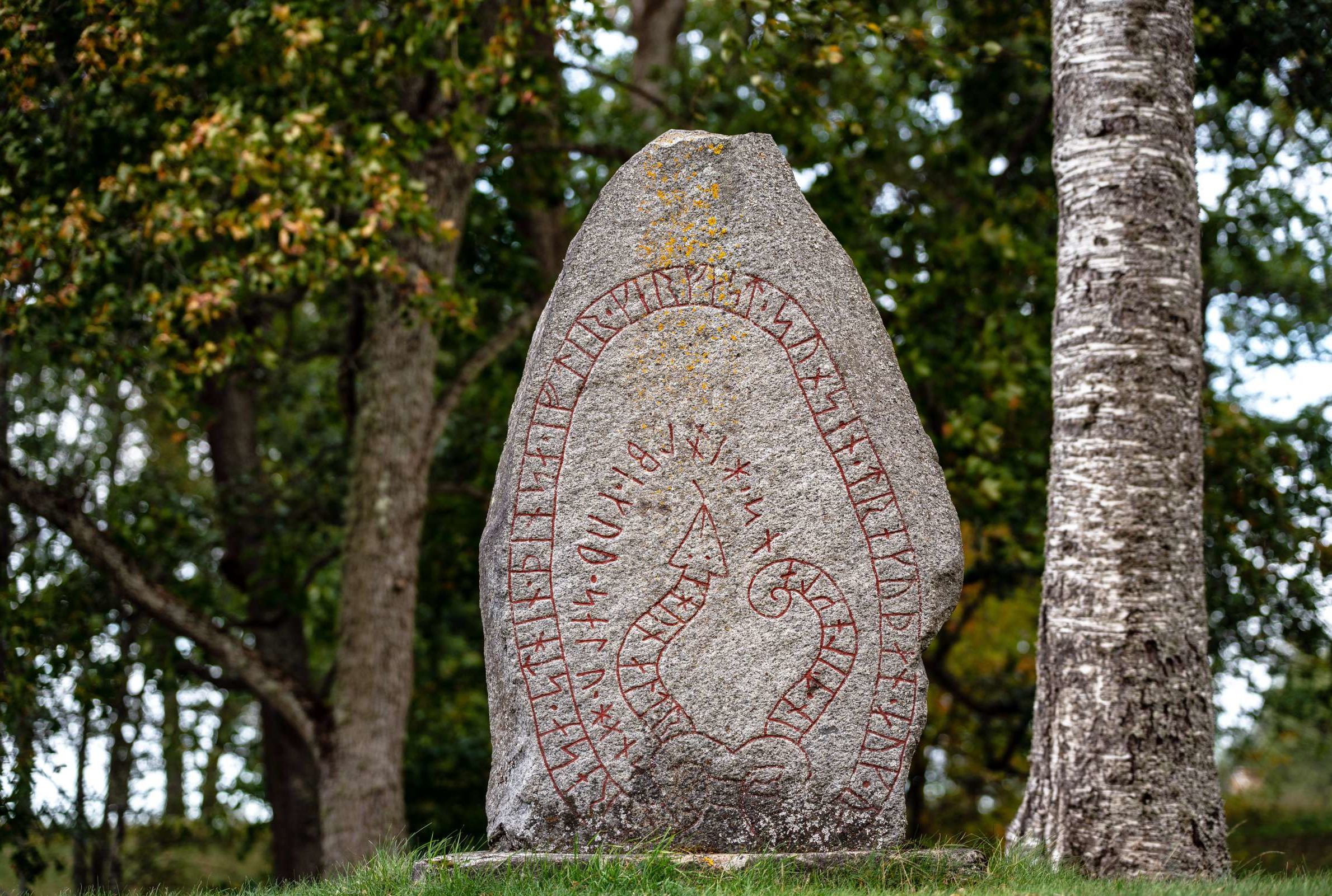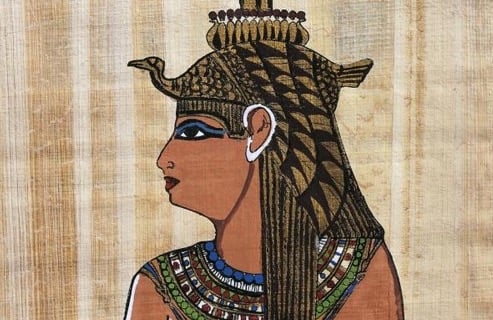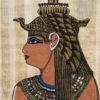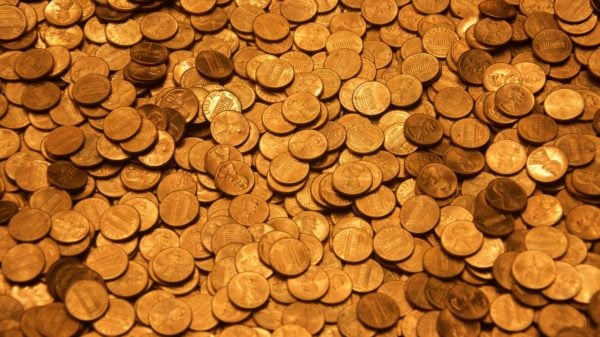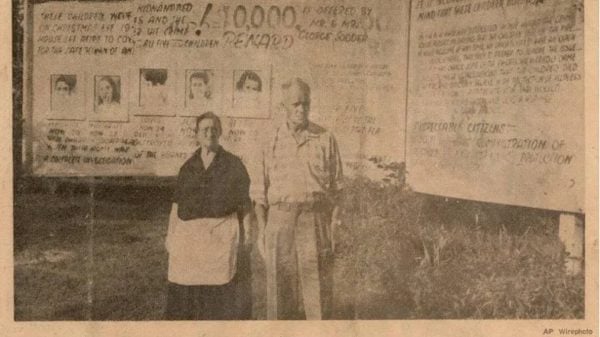Runestones are synonymous with Norwegian history and mythology. During the Vikings period, people used runestones to honor the honorable dead’s memory, those who died in majestic battles or those who performed honorable deeds for their village. Runestones are usually filled with the names of the dead and the deeds that they have done. These stones are erected near bridges, crossroads, or roads where there is heavy people traffic.
Runestones provide a way to learn the stories of the Vikings. The inscriptions featured on these runestones allow the historian to piece together different events such as great travels, adventures, and the Vikings’ achievements mentioned in them.
Who Were Runestones Erected For?
It is believed that Runestones were erected only for Vikings who are royalty or are mighty warriors. However, many runestones were erected for average people, such as the Horning stone with inscriptions that feature an emancipated slave. Likewise, some runestones were raised by wives to honor their dead husbands.
Where Are Runestones Discovered?
Most of the Viking runestones are found in Scandinavia. Two hundred fifty of these stones are from the Vikings in Denmark between 970 and 1025 AD. Since most runestones are discovered in the Scandinavian region, it is surprising to discover runestone thousands of miles away. One such runestone is the Kensington Runestone.
The Myth of the Kensington Runestone
The Kensington Runestone is a greywacke stone slab weighing 92 kilograms and filled with Viking runes found near Kensington, Minnesota. It was discovered in 1898 by Olof Ohman, a farmer of Swedish descent, from a field that he was farming. The dimensions of the slab are 76cm x 41cm x 15 cm. Ohman said that the artifact was lying face down near a small knoll and thought that what he discovered was an Indian artifact.
The Inscriptions in the Runestone
When translated into English, the inscriptions on the runestone tell the story of Vikings reaching the North American territory long before Christopher Columbus reached American soil. The inscription describes how Vikings reached Minnesota in 1362 and tried to establish a settlement there. However, they were massacred by Indian tribes.
The Debate on the Runestone’s Authenticity
However, there was a debate on the authenticity of the runestone. Some Norwegians accused the runestone of a hoax because it referenced a joint expedition of Norwegians and Swedes who at the time were at war with each other. Likewise, the Norwegians found it too coincidental that the runestone was discovered by a Swedish farmer and was suspicious that it was just an attempt to gain acceptance by Minnesota’s people.
When the runestone was examined further by Scandinavian history experts, they declared it as a forgery. Likewise, geologists such as Newton Winchell had doubts about the artifact’s authenticity because the chisel marks used for the inscription were still fresh and deep for a runestone that should have been weathering for more than 532 years already.
However, there are still those who believe the artifact’s authenticity, especially those of Scandinavian descent who are now residing in Minnesota.


